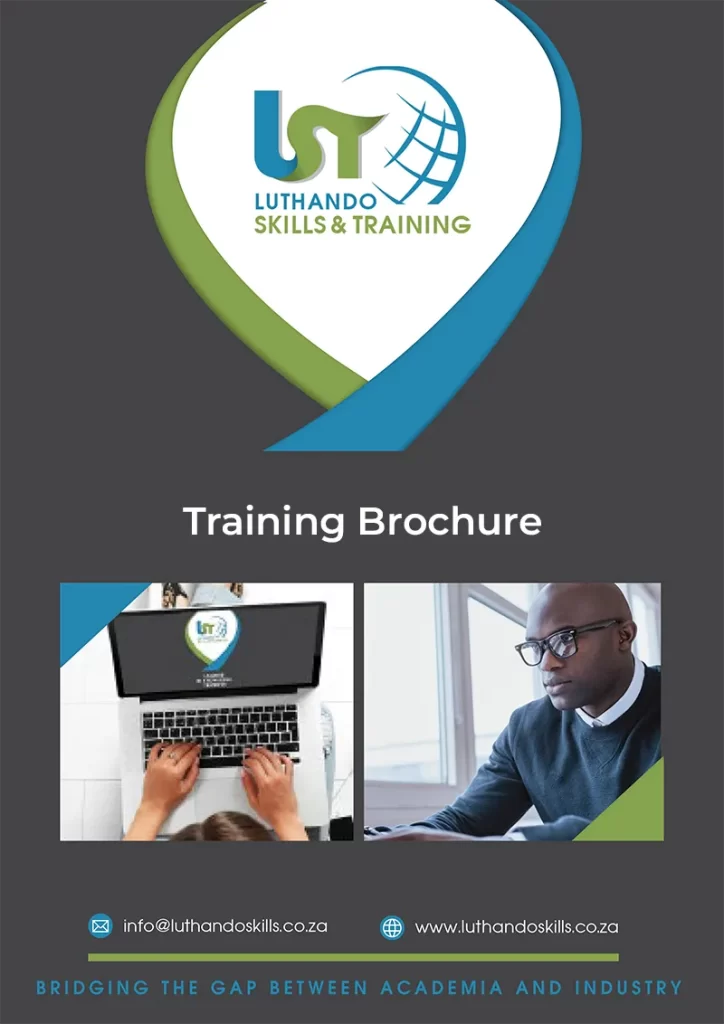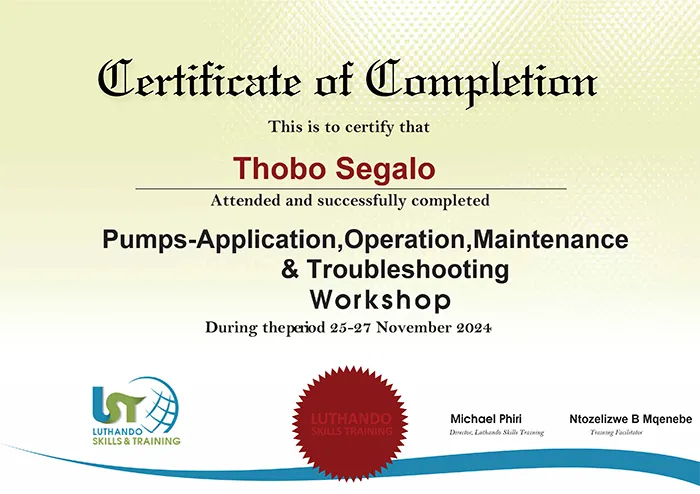Course Introduction
In the post-pandemic landscape, have you and your team adapted to the “new normal”?
Enterprise Risk Management (ERM) boils down to anticipating the unexpected. As an ERM or project manager, it’s crucial to instill a proactive mindset in your team, focusing on risk, prevention, and “what if” scenarios right from the beginning of project planning, rather than reacting to incidents as they arise.
The urgency to update your risk criteria and mitigation plans has never been greater. The events of 2020 highlighted that every business faces unforeseen risks.
This The Complete Course in Enterprise Risk Management (ERM) training course will push you to think creatively about enhancing your risk management capabilities. You’ll learn to prepare for unexpected events, seize new opportunities, and minimize risks and additional costs before they arise, ensuring your organization is well-equipped to navigate future uncertainties.
Training Objectives
By the end of this COPEX training course, you will be able to:
- Apply the necessary expertise in implementing a complete ERM process
- Effectively oversee a vibrant ERM and Business Resilience culture
- Identify and evaluate your ERM frameworks and practices
- Understand the changes in ERM practices as a result of the global paradigm shift
- Comprehend mechanisms of resilient corporate governance & its relationship to ERM
- Guide Organizational Deployment
Who should Attend?
This Luthando Skills training course is suitable to a wide range of professionals but will greatly benefit:
- Practitioners & implementers requiring new thinking post pandemic
- Designated Incident, Emergency & Crisis Response Managers
- Line & Project Managers who need to ensure that they are effectively managing risk
- Professionals who want a practical starting point for establishing an effective ERM
- Business Continuity Managers
- Anyone involved in implementing a Business Resilience framework
Course Outline
- Objectives & Governance, concepts & definitions
- Mapping and assessing Your current governance arrangements
- Commitment – Setting Your objectives for implementing the latest guidance
- Who are the internal and external stakeholders?
- The importance of culture, communication and behaviour in seeking an effective ERM structure
- An overview of the global post pandemic business environment
- Enterprise Risk Management – The Resilient Organisation
- ERM framework and process
- ERM responsibilities – who does what, who is on the team
- ERM accountabilities and performance measures
- Compare Your current ERM to ISO31000:2009 principles
- Alignment between ERM policy and the organisation
- Risk attitude: pursue, retain or avoid with respect to risk appetite and tolerance
- Options for risk criteria, assessment, identification, analysis and evaluation
- Fundamental principles of Business Continuity Management
- Implementation of a BCMS in accordance with ISO 22301 & 27031
- Business Impact Analysis (BIA) and Risk Assessment
- To understand the relationship between BCMS and the compliance with the other ERM requirements, including supply chain strategies
- Writing a business case and a project plan for the implementation of a BCMS
- Incident and emergency response management (including mutual aid)
- Resources and methodologies to implement The Plan
- Ensuring ERM becomes part of significant decision-making
- What are the likely barriers to implementation (risk culture)?
- Risk reporting & the limitations of various risk reporting tools & methodologies
- Assess the merits of quantitative risk modelling & qualitative reporting
- Align your risk reporting processes with other strategically important management activities, such as reputation management
- Key risk indicators (KRI´s)
- Continuous improvements, running your own team-based risk workshops
- Collate risk and control information from multiple sources into a central risk register or inventory of risk information system
- Controls register or inventory of controls (The “Five Ws”)
- Understand feedback provided to you by those you communicate with and take on board “lessons learnt”



